In a previous post, Baking Powder Experiment-Biscuits, I included an image which was titled “Mise En Place” to demonstrate a bit of the preparation involved in conducting the experiment. As a follow-up to that post, and to provide more information about cooking methodology to our readers who may not be familiar with the term, I provide the following.

Mise En Place - Biscuits
Mise En Place is a very important principle for serious cooks. Mise En Place is a French term that literally means ‘putting in place.’ Mise En Place means you have everything in order to prepare the dish before you begin assembling it.
Have you ever finished putting together a cake, casserole, or some other baked item and placed it into the oven only to realize you had forgotten one, or more, ingredients? Or started to prepare a dish and discover you are missing an ingredient, then have to scramble either to get it from the store, borrow from a neighbor, or find a substitute from items you have on hand?
If you make it a practice to use the principle of Mise En Place, as you have (hopefully) been carefully reading every recipe before starting preparation, then not only will you be less likely to forget an ingredient, you will also be much more efficient in putting the dish together, as well as more accurate in your measurements and the order of assembly.
The order in which you assemble a dish can be essential for producing the results you expect. Having all the ingredients arranged to assemble your dish includes not just pulling out the containers from your pantry and packages of produce and meats from your refrigerator or freezer. It means having all the ingredients organized in the order of assembly as well as measured, and prepared in ways such as: slicing, dicing, and chopping.
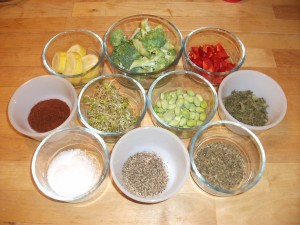
But Mise En Place is much more than just about ingredients, it means having the whole dish, even the entire meal, planned in advance by having the necessary implements and tools arranged as well as having timed the preparation of each step of each dish and coordinating the preparation and cooking of all menu items. In other words, it means taking that extra effort and making use of a little bit of additional time, to organize every aspect of your food preparation.
This past weekend we hosted a birthday party at our home. Party food included grilling marinated (lemon juice, garlic, basil, rosemary, and thyme) chicken breasts over charcoal, preparing my Green Hummus (a special request), Naan Bread, Green Salad, Tabouli, Brown Rice, and making Adas Bil Hamad (a Mediterranean lentil dish) – all from fresh ingredients.
This involved first deciding what recipe to use for each dish, making a list of the necessary ingredients, checking for what ingredients were on hand and which needed to be purchased. Deciding when and in what order each dish was to be prepared, taking into account whether the dish would lend itself to preparation in advance, if it could be cooked and kept warm (or cold) until needed, or if it required being finished (hot and fresh) just as guests were arriving.
Of course, another essential is knowing how many guests to expect and how much of each dish to prepare to accommodate the total number of guests. Normally, I prepare enough of each dish to provide every potential guest with an adequate portion. This doubtless results in an excess of leftovers, but I think it is better than running out of a dish and disappointing my guests. Besides, there never seems to be a lack of guests willing to take any extras home after the party.
Once all these things were decided, for each prep session I laid out all the ingredients, along with all the tools, utensils, bowls, pots, pans etc. that would be needed for the dishes at hand. Then I measured, washed, sliced, diced, chopped, and set out all the ingredients on my prep table in order by dish and recipe. (I always group my recipes by ingredient combinations per the recipe instructions.)
You will find that the extra time you spend up front planning, will make the actual preparation much smoother and less problem prone. Personally, I am much more efficient in having all the dishes ready on time, with less stress, and am able to have everything ready for the guests with a clean kitchen and make it look to them when they arrive that putting together the party was almost effortless. Not only does this make for a much more pleasant experience for your guests, but enables you to enjoy the party and your company to a greater degree.
I hope if you are not already utilizing the technique of Mise En Place, you will be inspired to do so. It makes preparing food for the people you care about much more pleasant for you, for them, and the socializing aspect of eating together becomes a more edifying experience whether it is for a large party or just a quiet meal at home.


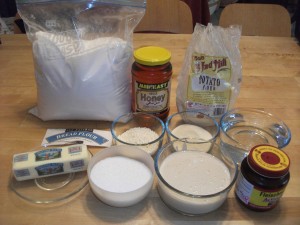
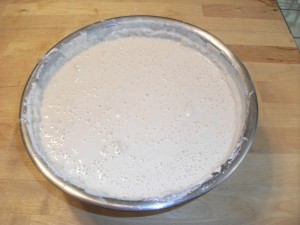
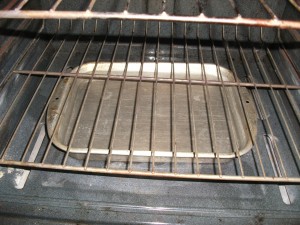
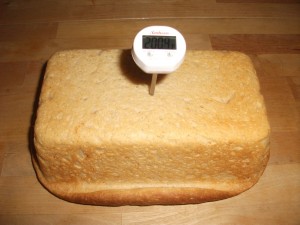
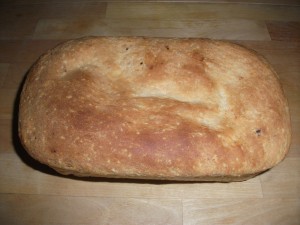
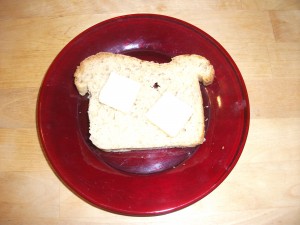

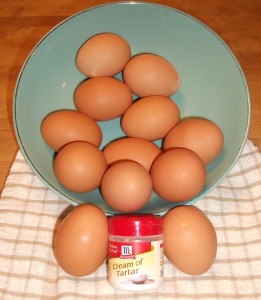
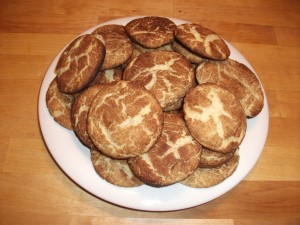
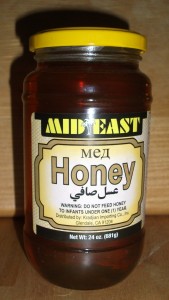
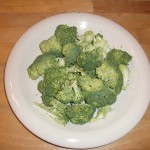
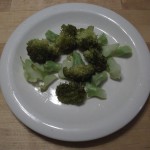
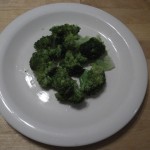


Follow Us!